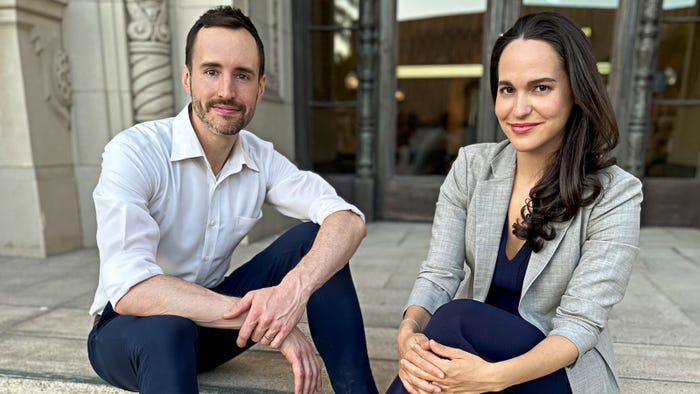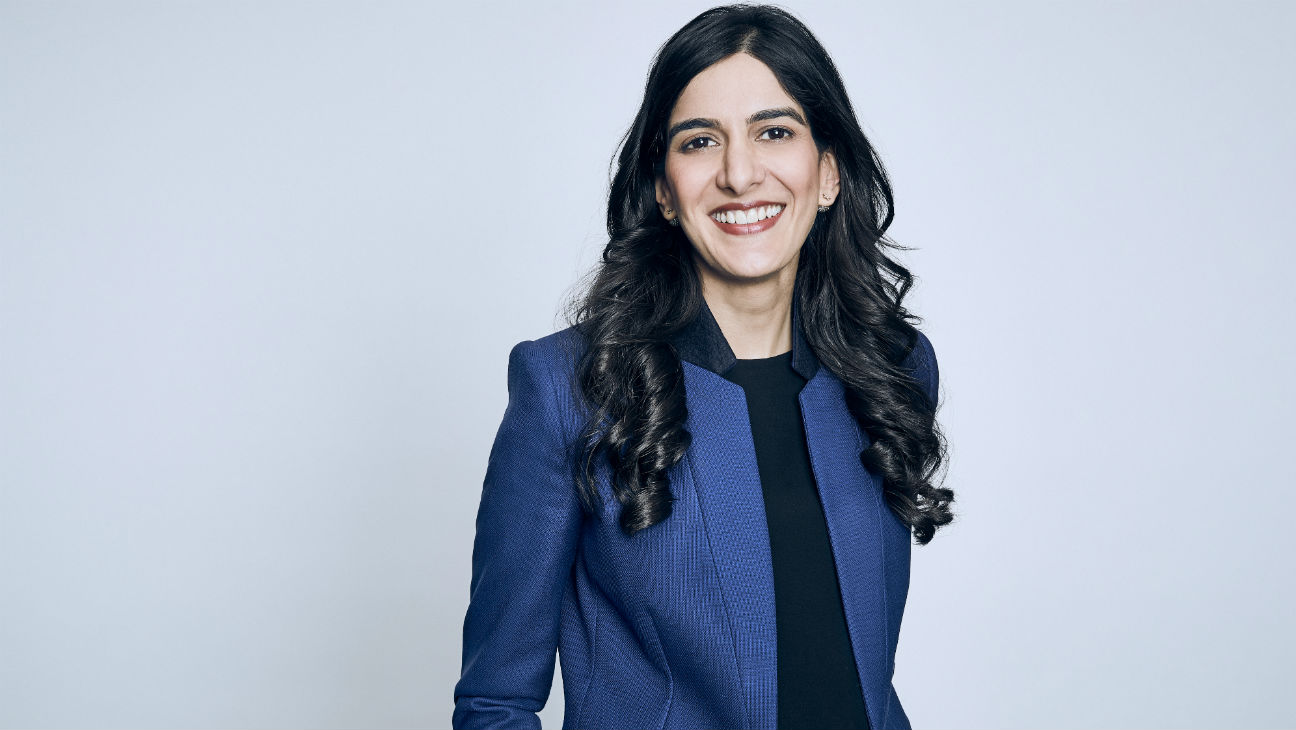Co-CEO Model Gains Momentum as Firms Embrace Shared Leadership

UPDATE: The co-CEO model is rapidly gaining traction, with major firms like Spotify, Comcast, and Oracle announcing dual leadership structures just this week. This shift highlights a growing trend in corporate governance that challenges traditional single-CEO frameworks.
Connor Diemand-Yauman and Rebecca Taber Staehelin, co-founders of the nonprofit Merit America, exemplify this partnership approach. They made headlines after Diemand-Yauman proposed co-leadership in a unique gesture, likening it to a marriage proposal. “Everyone in the restaurant started applauding because they thought we were getting married,” he recounted. Their nonprofit aims to help low-wage workers build skills and reach the middle class.
The co-CEO model is not common, with fewer than 40 public companies in the U.S. operating this way, according to analytics firm Boardroom Alpha. However, industry leaders are now embracing the model, suggesting that shared responsibilities can lead to exponential benefits in decision-making and operational efficiency.
At Trumid, co-CEOs Mike Sobel and Ronnie Mateo have adopted clear roles to manage their rapidly growing firm. Sobel explained, “It really has allowed us to specialize in the things that we’re respectively passionate about and great at.” Their company saw a remarkable 62% increase in average daily trading volume in 2024, reaching a staggering $1.4 trillion.
The dynamics of shared leadership can lead to intense discussions, a reality acknowledged by Sobel. “You could disagree vehemently, but it’s in the service of the right answer,” he stated. Both Sobel and Mateo practice the “disagree and commit” philosophy, ensuring that once decisions are made, the entire team aligns, regardless of individual opinions.
Diemand-Yauman and Taber Staehelin resonate with this philosophy as well. Early on, they faced strategic disagreements about budgeting and growth. “It really tested the rigor of the thinking in a way that was exponentially beneficial,” Taber Staehelin noted, reflecting on how their differing perspectives strengthened their decision-making process.
As companies explore the co-CEO model, the emotional and practical implications of shared leadership come to light. “When you do it right, it is far better than a single CEO, and when you do it wrong, it’s far worse,” Diemand-Yauman warned. He expressed a deep appreciation for the partnership, stating, “I can’t imagine starting or leading something without a partner.”
The shift towards co-CEOs is more than a trend; it represents a transformative approach to leadership in a complex business landscape. As organizations navigate challenges and opportunities, the benefits of collaboration and shared vision are becoming clear. The world watches as this model evolves, with experiences from companies like Merit America and Trumid setting a precedent for future leadership structures.
Keep an eye on this developing story as more companies adopt the co-CEO model, which could redefine corporate leadership for years to come.






